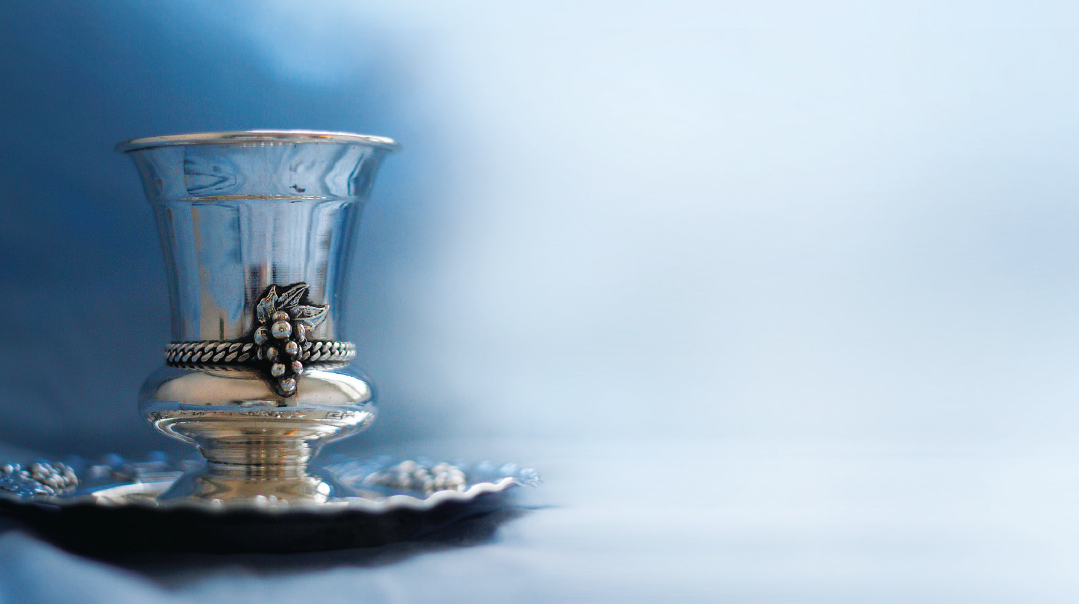Parshas Tetzaveh: Routine Reflections

Judaism is about changing us so that we become creative artists whose greatest creation is our own life

“One sheep should be offered in the morning, and the second sheep in the afternoon.” (Shemos 29:39)
Each morning at dawn, Beethoven made himself coffee with exactly 60 beans — he counted them each time. He’d then compose until 3 p.m., go for a long walk, have supper, a pipe, and turn in for an early bedtime.
These details, together with many other examples of philosophers, artists, composers, and writers, come from a book by Mason Currey entitled Daily Rituals: How Great Minds Make Time, Find Inspiration, and Get to Work. The book’s main point: Most creative people have daily rituals. One could even call them boring. These form the soil in which the seeds of their invention grow, because being creative involves hard work.
The Hebrew word for hard work is avodah. It also means “serving G-d.” What applies in the arts, sciences, and business, applies equally to the life of the spirit. Achieving any form of spiritual growth requires sustained effort and daily rituals (Rabbi Jonathan Sacks, Covenant and Conversation).
I have a split personality. On the one hand, I’m extremely spontaneous and creative and can’t be bothered with rules and regulations that may interfere with my innovative output.
On the other hand, I have strong yekkish genes that govern my day and lead me to show up embarrassingly early to weddings — imagine, at the time that’s printed on the invitation!
The Maharal quotes an aggadic passage in which various sages put forward their idea of the best klal (rule) in the Torah. Shema was mentioned, as was loving your neighbor. But Ben Pazi suggested the pasuk above, regarding the specific times for korbanos. Nowadays, we’d reference that as Shacharis, Minchah, and Maariv. In a word: “routine.” And the law follows Ben Pazi.
All the high ideals in the world count for little until they’re turned into habits of action that become habits of the heart. We can all recall moments of inspiration. A while later, those thoughts have become might-have-beens. The people who change the world are those who turn peak experiences into daily routines, who’ve developed the discipline of hard work, sustained over time. Judaism’s greatness is that it takes high ideals and exalted visions — emunah, loving your neighbor — and turns them into patterns of behavior — halachah — that involve routines.
Before I was married, spontaneity ruled. I got everything I needed done, but on my own terms and times.
After marriage and having kids, timetables took over, featuring important stuff like school buses, homework assignments, and orthodontist appointments.
But at this point in my life, I’ve learned how to integrate both aspects. My life runs according to time and structure, but it enhances, rather than inhibits, my creative side.
Judaism is about changing us so that we become creative artists whose greatest creation is our own life. And that needs daily rituals: Shacharis, Minchah, Maariv, the food we eat, the way we behave at work, at home, the choreography of the holiness of Judaism. These rituals have an effect. The more you seek spiritual heights, the more you need the ritual and routine of halachah, the Jewish way to G-d.
Take Erev Shabbos for example.
When the war started, I, like most people, wanted to do whatever was in my power to help bring yeshuos.
What about accepting Shabbos early? whispered the impulsive, spontaneous voice in my head.
But the practical part of me resolutely pushed it aside. That was simply out of my power. Totally not feasible. Believe me, I’d tried it dozens of times, and always ended up sliding into home plate right before lichtbentshen due to some unforeseen emergency like a flooded shower, electricity blackout, or an extra cake that just needed to be baked.
I’m just not the type that can pull this off, I told myself practically.
But that first Erev Shabbos, determination triumphed over logic.
I bentshed licht at plag, the earliest time possible to light.
And then the next Erev Shabbos, it worked as well. I was in shock. I’m even scared to say this out loud (no ayin hara, pooh pooh), but I’ve been bentshing licht at plag for many weeks now. It’s clear there’s tremendous siyata d’Shmaya, because I’m not sure how this is working when you see what’s happening in my life on the average Friday. But perhaps when you infuse a creative nature with determination, the fires can get lit earlier, stronger, and brighter, in all aspects of life.
(Originally featured in Family First, Issue 882)
Oops! We could not locate your form.


